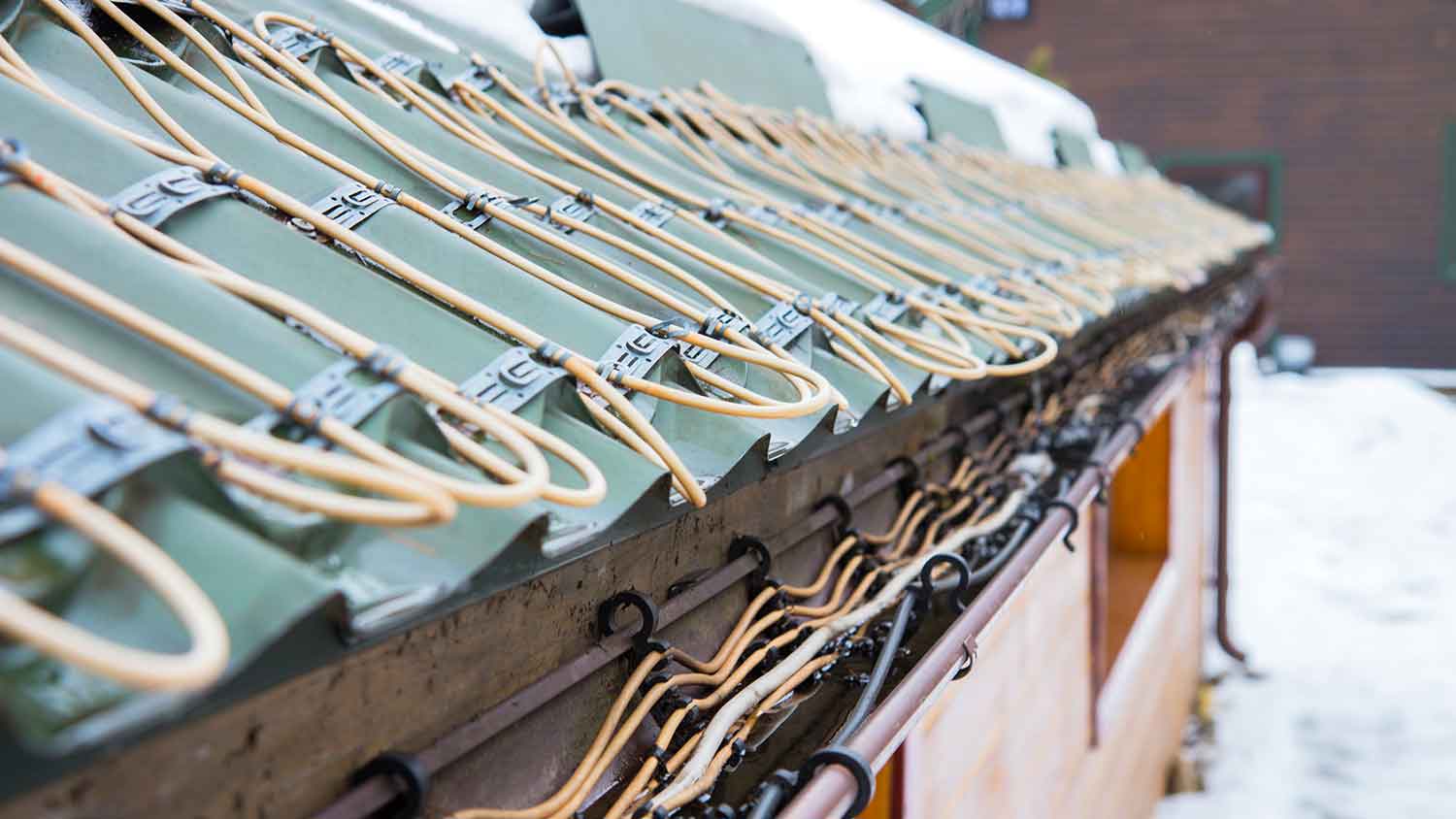
Get matched with top roof ice and snow removal pros in Justice, WV
Enter your zip and get matched with up to 5 pros
Need a pro for your roof ice and snow removal project in Justice, WV?
Verified Reviews for Roof Ice And Snow Removal pros in Justice, WV
*The Angi rating for Roof Ice And Snow Removal companies in Justice, WV is a rating based on verified reviews from our community of homeowners who have used these pros to meet their Roof Ice And Snow Removal needs.
*The HomeAdvisor rating for Roof Ice And Snow Removal companies in Justice, WV is a rating based on verified reviews from our community of homeowners who have used these pros to meet their Roof Ice And Snow Removal needs.
Last update on November 25, 2025
Find Roof ice and snow removal pros in Justice
WV Handy Helper
WV Handy Helper
Locally owned family company
Locally owned family company
Frye Roofing Inc.
Frye Roofing Inc.
Established in 1900, Frye Roofing, Inc. has evolved from a small, local company to one of the United States’ leading installers of commercial and residential roofing systems.
Established in 1900, Frye Roofing, Inc. has evolved from a small, local company to one of the United States’ leading installers of commercial and residential roofing systems.
Clymer Enterprises
Clymer Enterprises
Family owned and operated with over 20 years experience in the construction field.
Family owned and operated with over 20 years experience in the construction field.
The Justice, WV homeowners’ guide to roof ice and snow removal services
From average costs to expert advice, get all the answers you need to get your job done.
 •
•Discover the average cost of roof snow removal, key price factors, and ways to save. Get transparent estimates to protect your home this winter.
 •
•Discover the average roof heating cable installation cost, key price factors, and how to budget for your project. Learn how to save and what to expect.

Ice dams can cause serious roof damage. Learn why a metal roof can help you avoid ice dams and the problems they cause.

Roof raking can help prevent damaging ice dams from forming. Learn more about roof raking, how and when to do it, and other ways to prevent ice dams.

They’re pretty in the winter sunshine, but are icicles bad for your roof? Learn whether you should worry about ice buildup and icicles hanging from your roof.

In this guide, find out how much snow a roof can hold so you can keep your home and family safe this winter when the snow starts falling.
- Bruno, WV Roof ice and snow removal pros
- Mallory, WV Roof ice and snow removal pros
- Man, WV Roof ice and snow removal pros
- Accoville, WV Roof ice and snow removal pros
- Oceana, WV Roof ice and snow removal pros
- Switzer, WV Roof ice and snow removal pros
- Raysal, WV Roof ice and snow removal pros
- Pineville, WV Roof ice and snow removal pros
- Welch, WV Roof ice and snow removal pros
- Phelps, KY Roof ice and snow removal pros
- Holden, WV Roof ice and snow removal pros
- Logan, WV Roof ice and snow removal pros
- War, WV Roof ice and snow removal pros
- Gary, WV Roof ice and snow removal pros
- Verdunville, WV Roof ice and snow removal pros
- Belfry, KY Roof ice and snow removal pros
- Oakwood, VA Roof ice and snow removal pros
- Mullens, WV Roof ice and snow removal pros
- Williamson, WV Roof ice and snow removal pros
- South Williamson, KY Roof ice and snow removal pros
- Grundy, VA Roof ice and snow removal pros
- Raven, VA Roof ice and snow removal pros
- Glen Daniel, WV Roof ice and snow removal pros
- Bolt, WV Roof ice and snow removal pros
- Chapmanville, WV Roof ice and snow removal pros
- Danville, WV Roof ice and snow removal pros
- Whitesville, WV Roof ice and snow removal pros